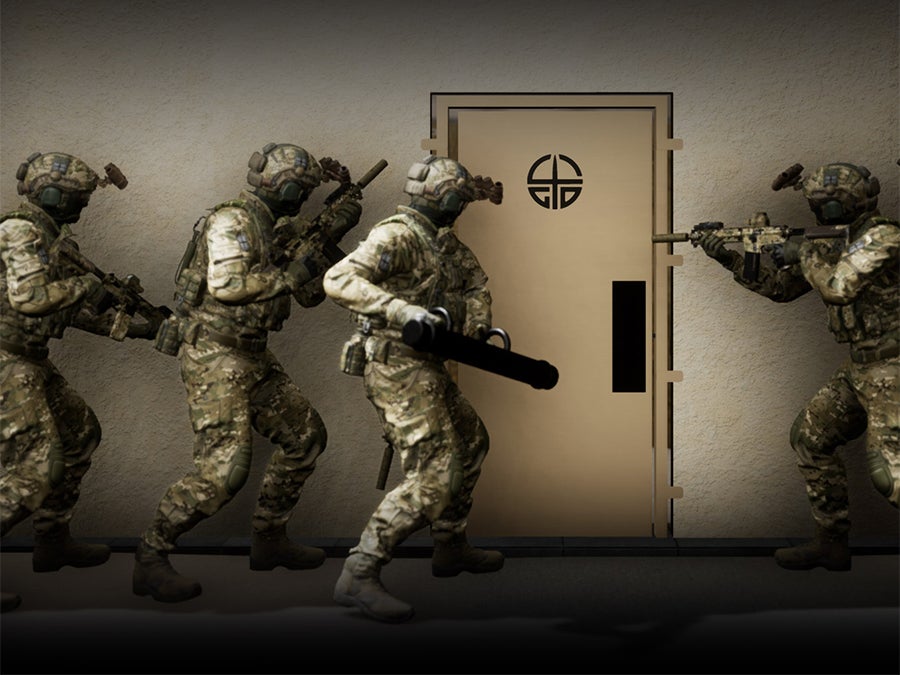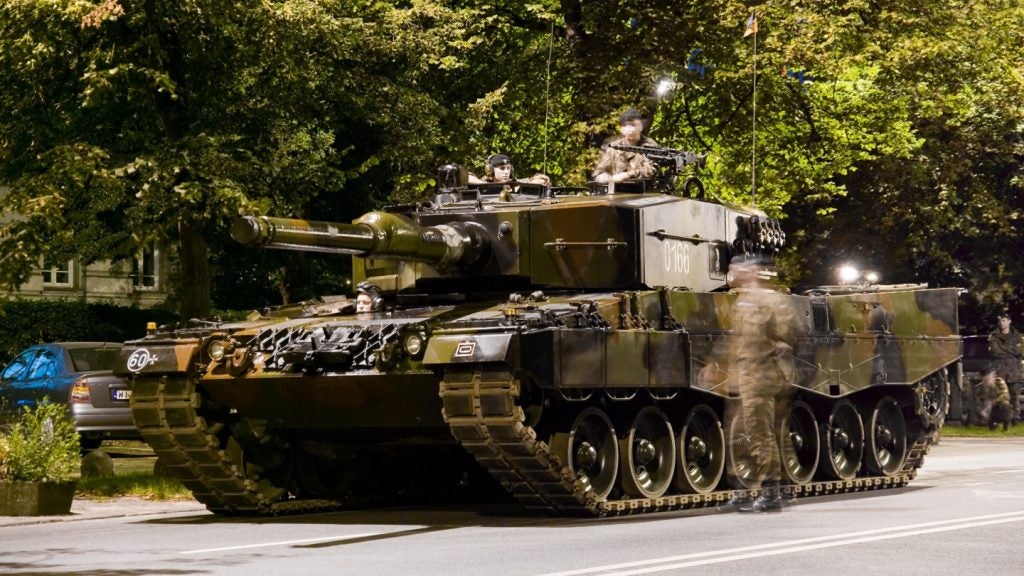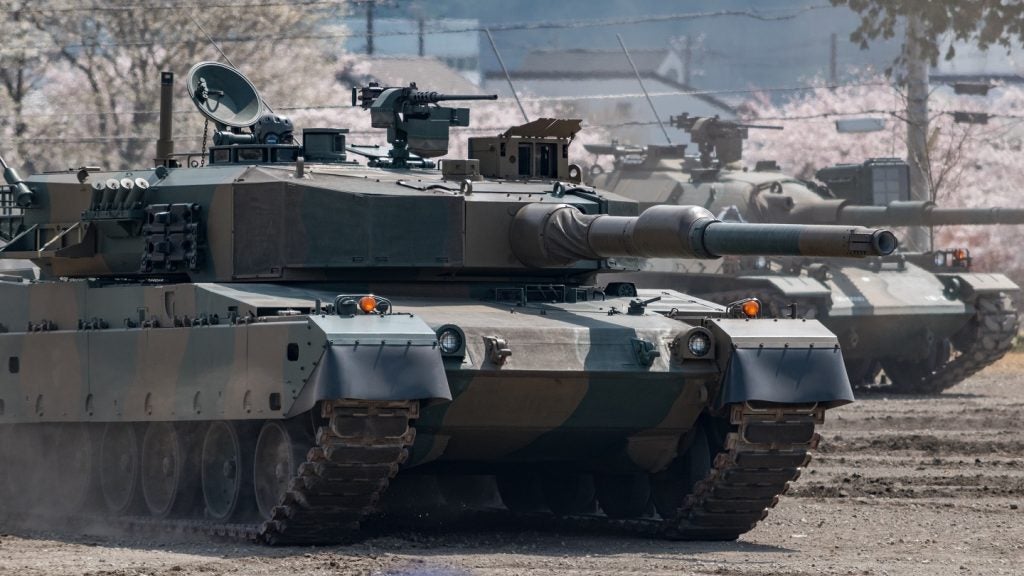
Training is critical for any armed force. Effective and rigorous training procedures will better prepare a force for war if and when it comes. However, modern warfare appears to grow in complexity with each conflict.
Drones, previously the preserve of the world’s most advanced militaries, are now available to any organisation with a few thousand dollars in funding and access to the internet. Equally, tactical units are likely to rely heavily upon drones for reconnaissance and situational awareness.
At the same time, small unit combined arms tactics remain as important as they were in the Second World War. There is ample evidence from recent wars to suggest that the contiguous fronts of the 1940s and 50s are unlikely to occur, leaving a battlefield that is more fragmented in nature. This places a premium on the ability of small units to conduct combined arms operations with a high degree of mission command allocated to them.
However, as systems have increased in complexity and cost, the need for safety on training ranges and exercises has also increased. Whilst the two are not necessarily related, the impact of safety restrictions has resulted in training environments that may not necessarily be the most accurate representation of real-world combat.
For example, it may be challenging to conduct a combined arms exercise without radio communications to simulate electronic jamming, as doing so would increase the risk of an accident occurring. This may mean that the first time a soldier experiences electronic jamming is during combat.
Alternatively, consider the cost of coordinating ground manoeuvre with fast air. In 2021, the cost per flight hour of an F-35A was stated to be $30,000. Providing fast air support as part of a multi-domain training exercise could prove prohibitively expensive. One potential answer is the use of synthetic training environments.
Hybrid training environments
Creating a realistic training environment is an enormous challenge for any force. “The fighting that is going on in cities in Ukraine cannot be simulated – it would cost so much money to build a city and destroy it once a year,” says James Crowley, business development director for the training and simulation company 4GD.
There are, therefore, practical limitations to training environments as well as cost and safety implications. All of this impacts upon the ability to create and recreate realistic training environments.
Hybrid training environments – combining a physical structure with a synthetic training environment – can provide realism and repeatable training opportunities, however.
“High intensity combat is likely impossible, but it is important to consider the operational environment in which people are going to be deployed,” Crowley says. “Ukraine has emphasised the necessity of combined arms warfare and mission command at the lowest level.” Achieving this in a live fire environment can be very dangerous and expose personnel to exceptional risk, but simulated environments can allow them to practice combined arms warfare in safety.
“Combined arms training uses portals into the synthetic world that are realistic and representative of what the user would employ on the ground.”
In theory, one of the critical outcomes of training is the familiarity with tactics, techniques and procedures across services and capabilities. For example, infantry operating in an urban environment may be reliant upon snipers located outside of the city, their own UAVs and higher echelon assets for reconnaissance, as well as indirect fire capabilities to be successful.
4GD has developed a hybrid training environment consisting of a physical training structure built using its modular SimWall technology. Simulated portals can be provided for supporting assets such as snipers or mortars.
“Combined arms training uses portals into the synthetic world that are realistic and representative of what the user would employ on the ground,” Crowley explains. This means that a sniper would use a model rifle and scope, his spotter a set of binoculars providing a view into the synthetic environment.
There are limits to the utility of synthetic environments, though. “VR headsets and gaming controls can introduce unreality into a training experience,” says Crowley. “Close combat is a dextrous and complex job, it relies upon body language, so simulation should not be used to practise these things.”
That said, he emphasises that synthetic environments allow users to practise non-linear training that is closer to situations they would encounter in combat than may be the case on a training range. This, combined with the opportunity to work with partner capabilities like snipers, mortars and UAVs in an unrestrained fashion means that hybrid environments can offer greater realism than live training.
Increasing realism in decision support
Synthetic environments may also introduce greater realism in decision support. Companies such as Improbable and CAE are developing modular synthetic environments designed to simulate as much or as little of an operating environment as the user might require.
The environments are built around models and algorithms created by academics and supported with machine learning and artificial intelligence. They are designed to reflect or represent possible outcomes from strategic and operational decisions. This may range from cyberattacks to blockades and the use of kinetic force or a combination of many different inputs.
These environments may help inform decision-making processes by allowing senior staff to fail in safe environments. For example, what response might the decision to send NATO vessels into the Black Sea provoke from Russia, how could China respond to specific sanctions, and so on. Trialling actions that might pose a high risk in a safe environment can help to inform the possibilities available to senior policymakers and governments.
“Synthetic environments may help inform decision-making processes by allowing senior staff to fail in safe environments.”
With both examples of synthetic environments, Crowley emphasises the importance of good-quality data. “The validity of the data that supports the assumptions of the synthetic environment needs to be accurate,” he says. This is because the outputs of the synthetic environments will depend in large part on the quality of the inputs. Inputs that are not accurate or reflective of the real world, will lead to outputs that are equally inaccurate.
Hybrid training environments are not new to military forces. Many will have experienced tank training simulators designed to replicate the physical environment of working inside an armoured vehicle, which are typically paired with a virtual training world to simulate the effects of operating the vehicle. However, these systems have typically focused on small unit tactics and do not always bring in additional resources to simulate combined arms. This is perhaps the most immediate area in which synthetic and hybrid environments can offer returns for forces with constrained budgets and training estate.








